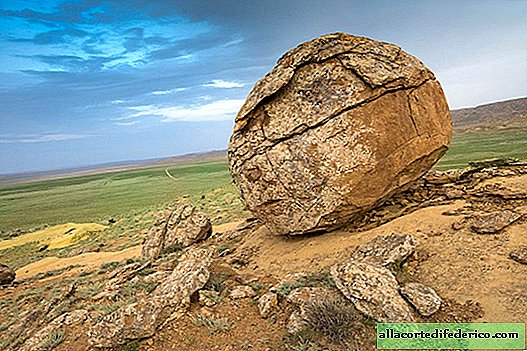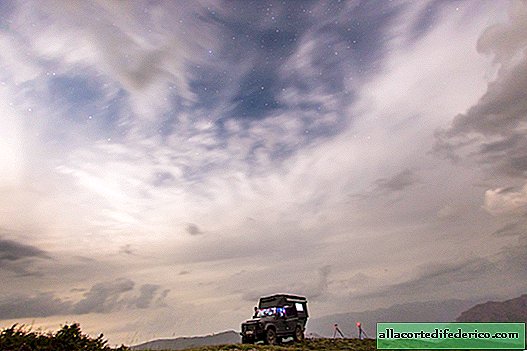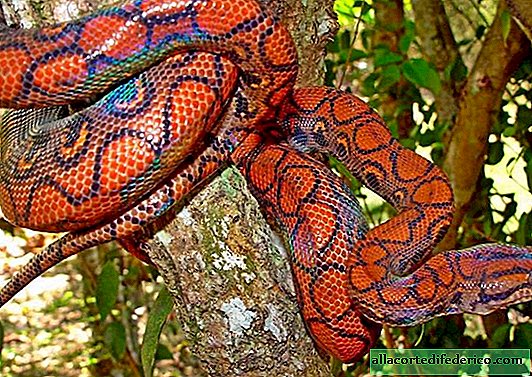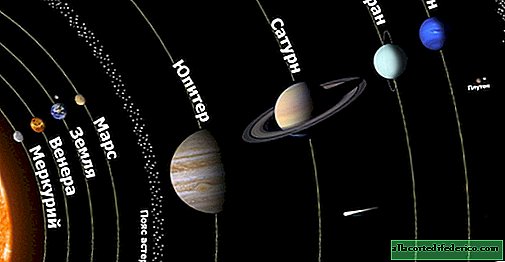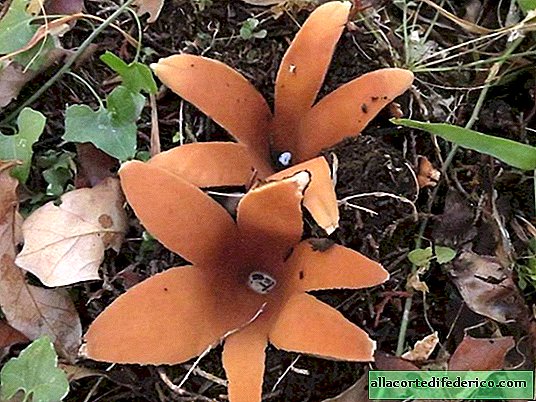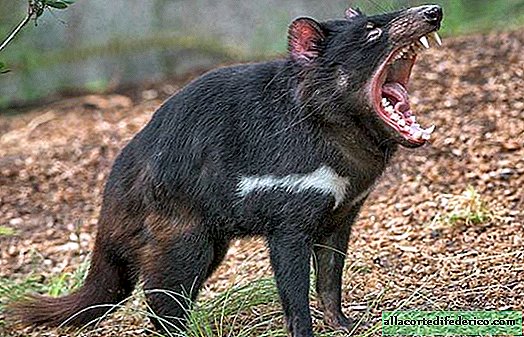Giant deer, mammoth and other extinct animals that genetics will soon resurrect
Many beautiful animals inhabited our planet, which are currently extinct. But geneticists decided that the modern development of biotechnology allows the resurrection of a mammoth, a dodo bird, a Steller cow, and many other extinct fauna representatives.
More recently, the return of extinct species seemed fantastic and fascinating films such as Jurassic Park were filmed on these topics. But given the current level of development of genetic engineering, we can safely hope for a successful completion of the experiments. In order to revive an extinct animal species, it is necessary to find genetic material that would contain well-preserved DNA fragments. These materials are often bone remains, hair or skin of animals. Then scientists find a modern closely related species, representatives of which can become a donor of the original DNA into which the desired fragment is inserted, and also serve as a surrogate organism for bearing offspring. Of course, animals that died out not so long ago, for example, in the Pleistocene era, whose remains lay in permafrost conditions, than, for example, dinosaurs, are more likely to resurrect. But the presence of the remains does not always guarantee quick success, and now we will talk about the most striking experiments in which scientists try to restore the extinct species of fauna.
Giant deer, or irish deer
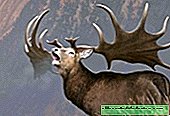
This representative of the deer family lived in the north of Eurasia, in open spaces and became extinct about 7,000 years ago. An ordinary European fallow deer was chosen as a surrogate organism, and Irish deer remains found in the thickness of the permafrost were used as the material for DNA extraction. Currently, DNA isolation is not yet complete.
Woolly rhino

Pyrenean mountain goat, subspecies Beseyt mountain goat

The Beseyt subspecies of the Pyrenean goat is the only animal from this list whose restoration process has reached the stage of birth. The last individual of this subspecies died recently, in 2000, and the genetic material was timely stored. The embryos obtained by geneticists were placed to females of a closely related species, and out of 7 pregnant goats, only 1 female managed to give birth. Unfortunately, the kid died immediately after birth, as it had congenital malformations of the lungs. But the very fact of the birth of an extinct species instilled hope for geneticists.
Steller’s cow, or Steller’s sea cow

This marine mammal lived near the Commander Islands in the Pacific Ocean, and the last Steller’s cow was killed at the end of the 18th century. Today, Russian geneticists from the biotechnological cloning laboratory in Yakutsk are engaged in the extraction of DNA from animal material, and dugongs were chosen as a closely related species.
Tasmanian wolf, or tilacin

The last Tasmanian wolf, Australia's marsupial predatory mammal, was killed in 1930, and the cause of its extinction was the extermination by the natives and the alien population of Australia. Cloning and revival of animals is carried out by genetics at the initiative of the National Australian Museum in Sydney, where there are well-preserved animal tissue. The first attempts were unsuccessful, but not so long ago, scientists announced that they were able to isolate the necessary DNA fragments.
Mauritius Dodo, or Dodo Bird

These flightless birds lived in one single place on Earth - on the island of Mauritius in the Indian Ocean. Dodos were exterminated by sailors and feral dogs in the 17th century. Genetics from Oxford University have already isolated DNA fragments of the dodo bird, and they plan to resurrect the dodo with the help of a pigeon.
Mammoth

Mammoth genetic material is being extracted by several laboratories, including Russian and Japanese geneticists. The process involves the use of many mammoth carcasses well-preserved in permafrost, which became extinct about 10,000 years ago. Since African elephants are close in size to mammoths and are quite capable of carrying a baby, scientists promise to revive this species in the near future.
This is not a complete list of species that scientists are trying to resurrect. Here you can add a saber-toothed tiger, a giant sloth, a moa bird, a round bull and many others. But since DNA extraction work requires certain material costs and high-quality source material, you will have to wait some more time until these species are resurrected.


